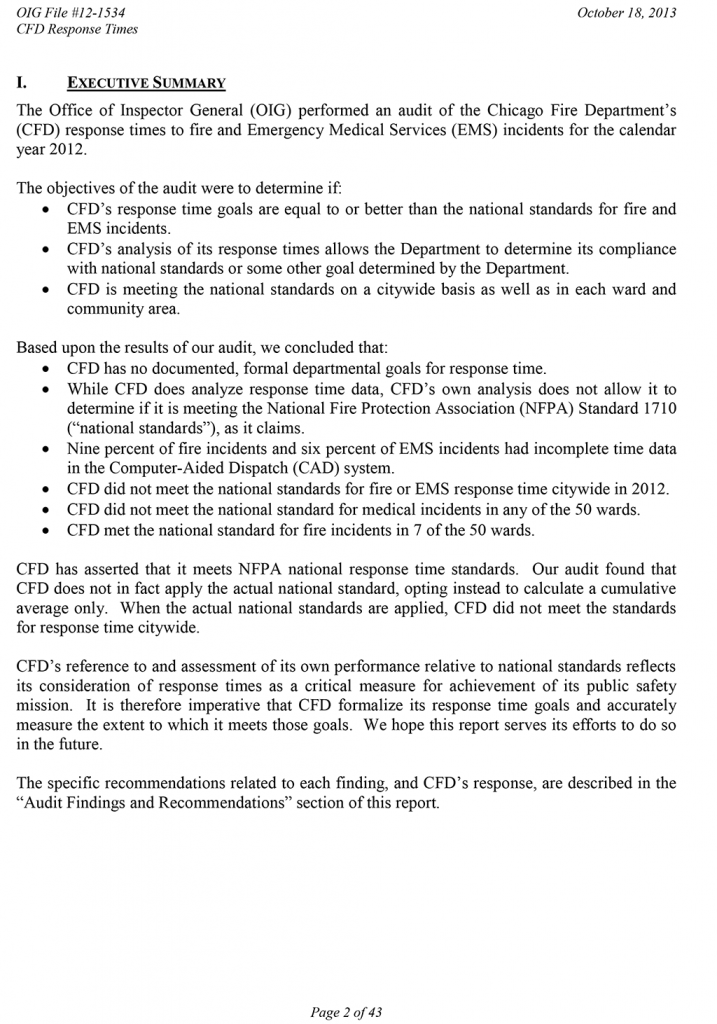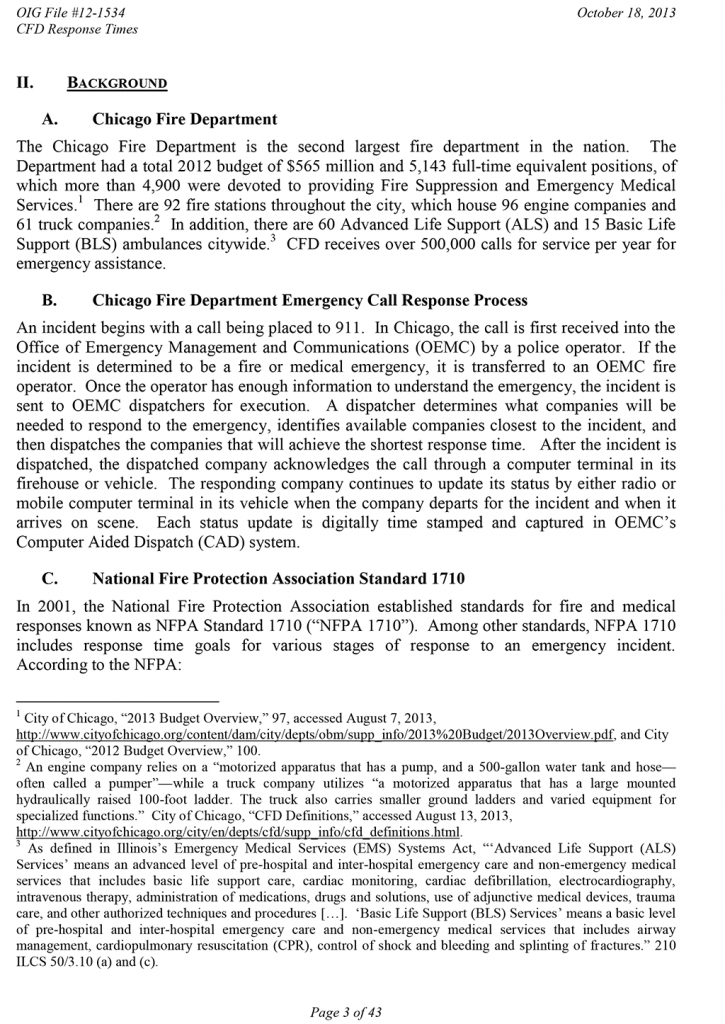Excerpts from Nfpa.org:
According to the National Fire Protection Association (NFPA), if you have a reported home fire today, you are more likely to die than you were in 1980. This startling fact is attributed to several factors, including the way homes are built and the contents in them. “Open floor plans and a prevalence of modern synthetic furnishings make homes burn faster and the fires produce deadly smoke and gases within moments,” said Lorraine Carli, NFPA vice president of Outreach and Advocacy. According to Carli, you can have as little as two to three minutes to escape a home fire today as compared to eight to ten minutes years ago.
These concerns prompted NFPA to create “Look. Listen. Learn. Be aware. Fire can happen anywhere” as the theme for Fire Prevention Week, October 7-13, 2018. It emphasizes three basic but critical messages:
- Look for places fire can start
- Listen for the sound of the smoke alarm
- Learn two ways out of each room
This year’s Fire Prevention Week messages point to the essentials of home fire safety,” said Carli. “Looking for potential fire hazards in the home, making sure your smoke alarms are working properly, and having a home escape plan that everyone has practiced – these actions can dramatically reduce the loss from home fires.”
Motivating the public to take these steps can prove challenging, notes Carli, because people don’t think they could have a fire, despite the fact that home is the place they’re at greatest risk. Four out of five U.S. fire deaths occur in homes.
“Because we have reduced the overall number of fires, there is a general complacency and a lack of action around home fire preparedness and planning,” said Carli. “Our goal for Fire Prevention Week is to make sure people recognize that fire remains a very real risk, and that everyone needs to take action to protect themselves and their families.”
For more information about Fire Prevention Week, October 7-13, and this year’s theme, “Look. Listen. Learn. Be aware. Fire can happen anywhere,” visit www.firepreventionweek.org.
For this release and other announcements about NFPA initiatives, research and resources, please visit the NFPA press room.

































Unpublished letter to the Chicago Tribune – response to an editorial
May 7
Posted by Admin in Commentary | 3 Comments
Excerpts from afscme31.org:
thanks Dan
Tags: Associated Fire Fighters of Illinois union president Patrick Devaney, Firefighters Respond to Tribune Editorial, Homewood firefighter Brian Carey, National Fire Protection Association, National Institute of Occupational Health and Safety